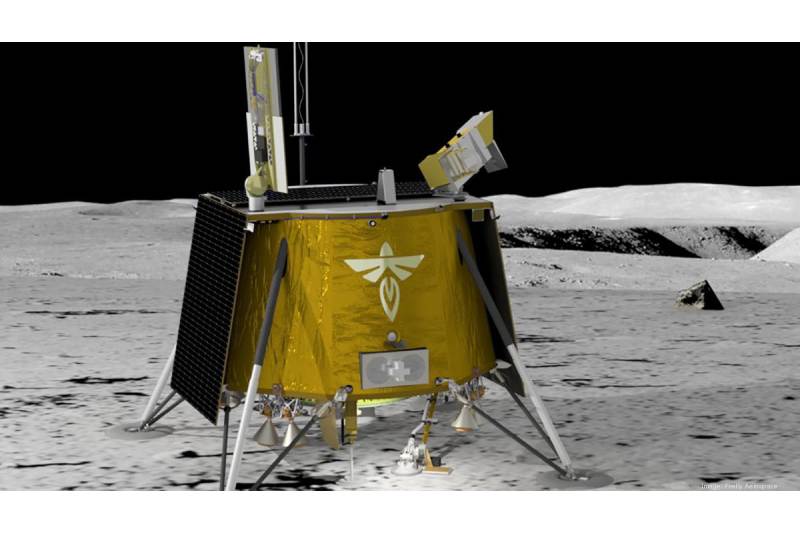NASA has awarded Firefly Aerospace a contract for its third lunar lander mission, slated to launch in 2028. Announced on December 18, the $179.6 million task order is part of NASA’s Commercial Lunar Payload Services (CLPS) program and focuses on exploring the Gruithuisen Domes region on the moon’s near side.
The mission will employ Firefly’s Blue Ghost lander to deliver six scientific payloads designed to perform imaging, spectroscopy, and lunar regolith sampling. The payloads include a rover provided by an unnamed industry partner, which will carry some of the instruments.
The primary objective is to investigate the formation of the Gruithuisen Domes, a geological feature with rocks resembling silica-rich granite. On Earth, granite forms through plate tectonics and water-related processes, both absent on the moon. Understanding these formations could provide key insights into the moon’s geologic history.
“Exploring the Gruithuisen Domes and the surrounding ancient lava flows will address critical questions about the lunar surface,” said Joel Kearns, NASA’s deputy associate administrator for exploration in the Science Mission Directorate.
This task order is among the most substantial CLPS contracts, second only to the Astrobotic Griffin mission for NASA’s VIPER rover, initially valued at $199.5 million and later exceeding $300 million.
Firefly has now secured four CLPS task orders, including three lunar landers and one for orbital radio frequency calibration services. Its first mission, Blue Ghost 1, is scheduled for mid-January, targeting a landing in the Mare Crisium region after a 45-day journey. Blue Ghost 2, planned for 2026, will land on the lunar farside and deploy ESA’s Lunar Pathfinder communications satellite.
The second and third Blue Ghost missions will feature Firefly’s Elytra Dark orbital transfer vehicle, which will deliver the landers to lunar orbit and remain there to provide communications support.
Jason Kim, Firefly’s CEO, highlighted the company’s iterative approach to lander development. “With a production line of these landers, we apply lessons from each mission to improve the next,” he said during a NASA media briefing on December 17.
“Anything we learn from Blue Ghost 1 will directly enhance Blue Ghost 2 and subsequent missions,” Kim added.
This announcement follows other recent CLPS awards, including an August contract for Intuitive Machines’ IM-4 mission to the lunar south pole in 2027 and a task order for Blue Origin’s Blue Moon Mark 1 lander, set for a commercial demonstration in 2025.
